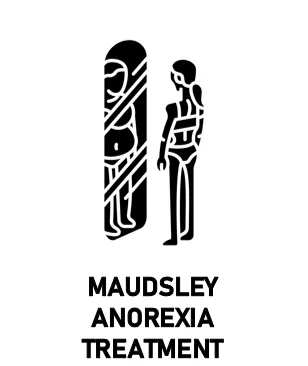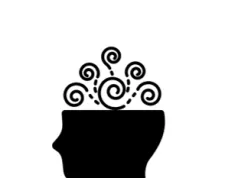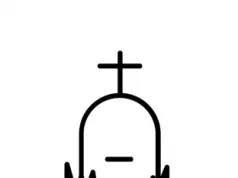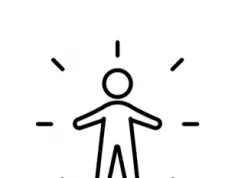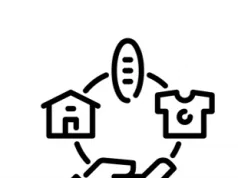Maudsley Anorexia Treatment is a type of talking therapy that can be used to treat eating disorders – typically Anorexia Nervosa, but sometimes Bulimia Nervosa.
There are many different types of talking therapy. Therefore, it is important to consider your choices. This article provides some key areas worth knowing in regards to Maudsley Anorexia Treatment.
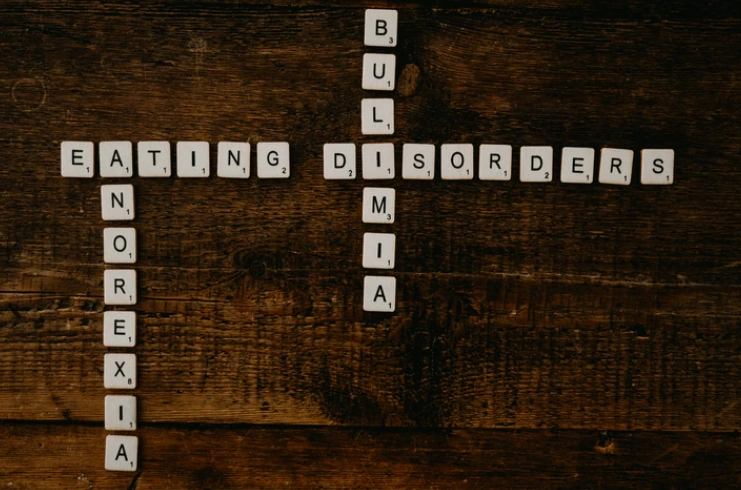
What is Maudsley Anorexia Treatment?
Maudsley Anorexia Treatment: Also known as MANTRA, this is a relatively new treatment type, developed by senior clinicians at the Maudsley Hospital in London. This model of treatment attempts to change the factors that contribute to the condition in the individual. Harmful personality traits can be addressed, with certain goals made for the future. Various behavioural experiments can be made, which can result in changes in eating behaviours. So far, this form of treatment has proved very helpful for many.
1. MANTRA is based on years of analysis
MANTRA was developed by senior clinicians at the highly-respected Maudsley Hospital in London, England. They formed this type of therapy using several years of experience.
Therefore, MANTRA is based on real-life experiences of patients, and takes into account the areas that have led to the most success in treatment, and omits the areas that previously provided little help to patients.
2. MANTRA involves 3 phases
There are 3 phases involved in MANTRA, with the overall aim of helping a person overcome their condition. The first step is called weight restoration, where the patient is encouraged to make small, incremental changes to their diet in an effort to get their weight to a level that would be near the average for their age group.
Then, having graduated from providing a planned diet, the patient will then be given the chance to organise their own diet, which essentially returns control to the patient – the second phase.
Finally, there is then an effort to establish a healthy diet and identity for the patient. This has an emphasis on long-term health, and to stave off any threat of a relapse.
3. MANTRA usually takes place over 9-12 months
MANTRA is a rather long-term treatment, with it ideally taking place over a period of 9-12 months. While this may seem like a long time, it should be remembered that Anorexia Nervosa is a serious condition.
Sessions normally start off on a weekly basis, then after around 3 months, sessions will take place once every 3 weeks. This will change dependent on the progress of the patient and other circumstances.
4. Family support is crucial to MANTRA
MANTRA aims to involve the whole family in its treatment, with the feeling that the patient will have a better chance of recovery if they receive family support.
This does require sacrifices from the family of the patient – while this will commonly strain relationships in the family in the short-term, it should be worthwhile in the long-term.
5. MANTRA doesn’t require hospitalisation
As Anorexia Nervosa is a very severe eating disorder, many forms of treatment for this condition require hospitalisation. However, MANTRA does not require hospitalisation – which is a huge benefit for many.
Most people are able to work or attend school during treatment, if their symptoms allow it. Having the freedom to attend therapy in the comfort of your own home or a medical centre is more preferable than a hospital for most.

6. The evidence is good!
Despite being a rather new form of therapy, MANTRA is a well-studied therapy that has produced strong results. Evidence suggests that it can be very effective in treating Anorexia Nervosa [1].
Research that places an emphasis on long-term results will be compiled in the future, but the early evidence seems to suggest that relapse is rare – which is very positive!
7. MANTRA won’t work for everyone
Like any other therapy, MANTRA will not work for every single person. But alternatives are available, including more traditional talking therapies like Cognitive Behavioural Therapy or Psychoanalytical Psychotherapy.
Some people will find that a combination of medication and therapy can be very effective, though every case is different. The medical professional will try to ensure that their patient has a treatment plan that works for them.
8. MANTRA can work for other conditions too
By definition and name, MANTRA is designed and meant for Anorexia Nervosa. However, it could potentially work for other conditions, mainly the eating disorder Bulimia Nervosa.
As we have emphasised, each individual case is different, and this will be taken into account. But MANTRA does have the potential to work, especially when the circumstances are right.
See Also
- Therapy Home
- Everything You Need To Know About Talking Therapy
- FAQ’s About Talking Therapy
- Maudsley Anorexia Treatment: Everything You Need to Know
- The Advantages and Disadvantages of Maudsley Anorexia Treatment
- 8 Things You Should Know About Maudsley Anorexia Treatment
Disclaimer
This website should be used purely for informational purposes, and does not intend to, nor should it ever, be used as a replacement for professional medical advice.
We strive to keep all of our pages updated, and ensure that our website is full of factual and in-depth information. However, we encourage you to browse this website with care.
As a reminder, this website and all content within it cannot and should not replace the advice of a trained medical professional. You can read our full disclaimer at this link.
Helplines
If you are struggling with your mental health, help is available. With the right support and treatment, you can make a recovery. For information on helplines, or if you are in a state of crisis, please visit our crisis page by clicking on the relevant link for your geographical location (United Kingdom), (United States), (International). You can also see how to get mental health treatment and the process involved by clicking this link.
References
[1] Lock, J. (2011). Evaluation of family treatment models for eating disorders. Current Opinion in Psychiatry. 24 (4), p274-279.

